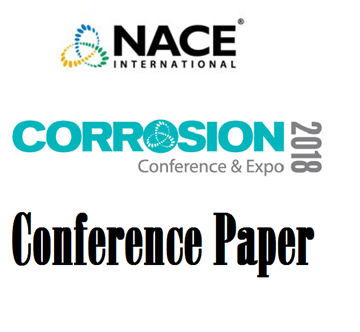Sulfur Recovery units (SRUs) are widely used in the oil and gas industry to recover sulfur from refined products and acid gas waste from the natural gas process. This involves routing acid gas rich in hydrogen sulfide through a reaction furnace to produce molten sulfur in a thermal Claus reaction. Central to the operation of the SRUs is the Sulfur storage pit, which is an underground high depth structure used to temporarily store sulfur product before shipment. Sulfur pits contain a range of critical equipment and piping, such as sulfur product pumps and steam coils.The pumps are crucial for shipping the sulfur product, while the steam coils are used for maintaining the molten sulfur temperature between 270-280 °F to prevent solidification and higher sulfur viscosity. Consequently, any impact to the integrity of this equipment impacts the unit’s operational efficiency or worse, leads to total unit shutdown. This equipment is susceptible to a range of damage mechanisms resulting from both operational conditions, such as sulfuric acid corrosion and environmental cracking, resulting from steam leakage and ground water seepage respectively. This paper investigates sulfuric acid corrosion and corrosion fatigue — in sulfur pumps — resulting from the synergistic effects of both dynamic loading and chloride-induced pitting corrosion. The steam coils in the pit were also found to suffer from both sulfuric acid corrosion and chloride stress corrosion cracking. These damage mechanisms were determined following extensive metallurgical analysis of samples recovered from the pit. Furthemore, laboratory compositional analysis from various samples collected from the pumps and the pits showed significant quantity of sodium chloride, resulting from ground water ingress alongside corrosion, and cementitious products, such as iron sulfide, quartz – SiO2 and iron sulfate. These findings, alongside sample results of the post-inspection findings for the sulfur recovery unit pit and equipment, will be highlighted and discussed. Effective mitigations, including the use of permanent dewatering, will also be discussed.


